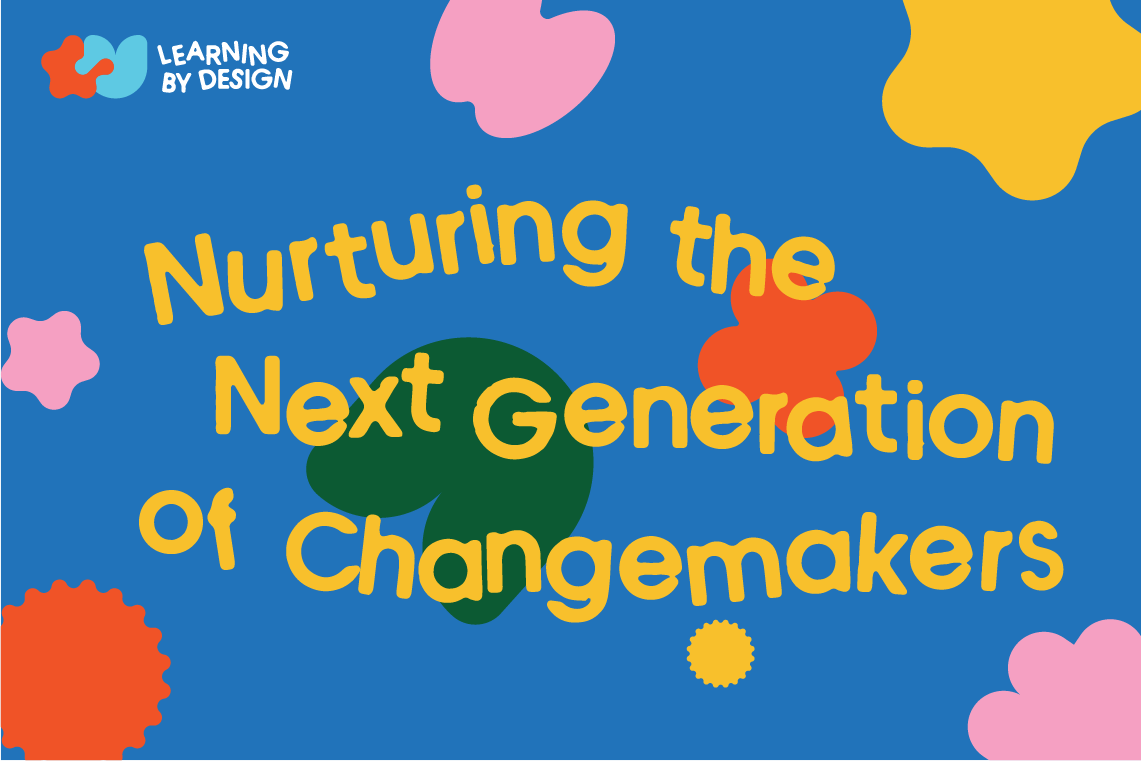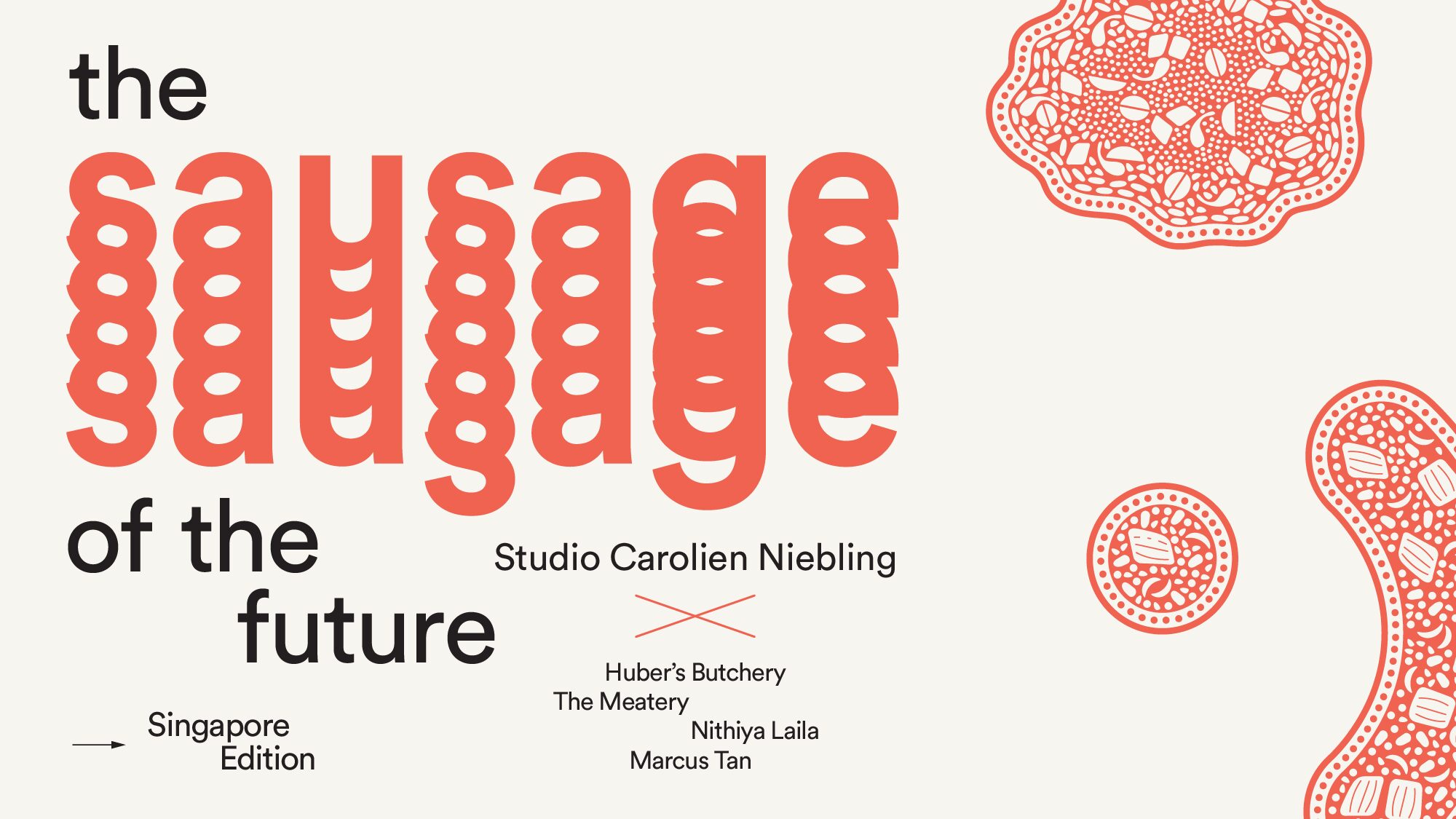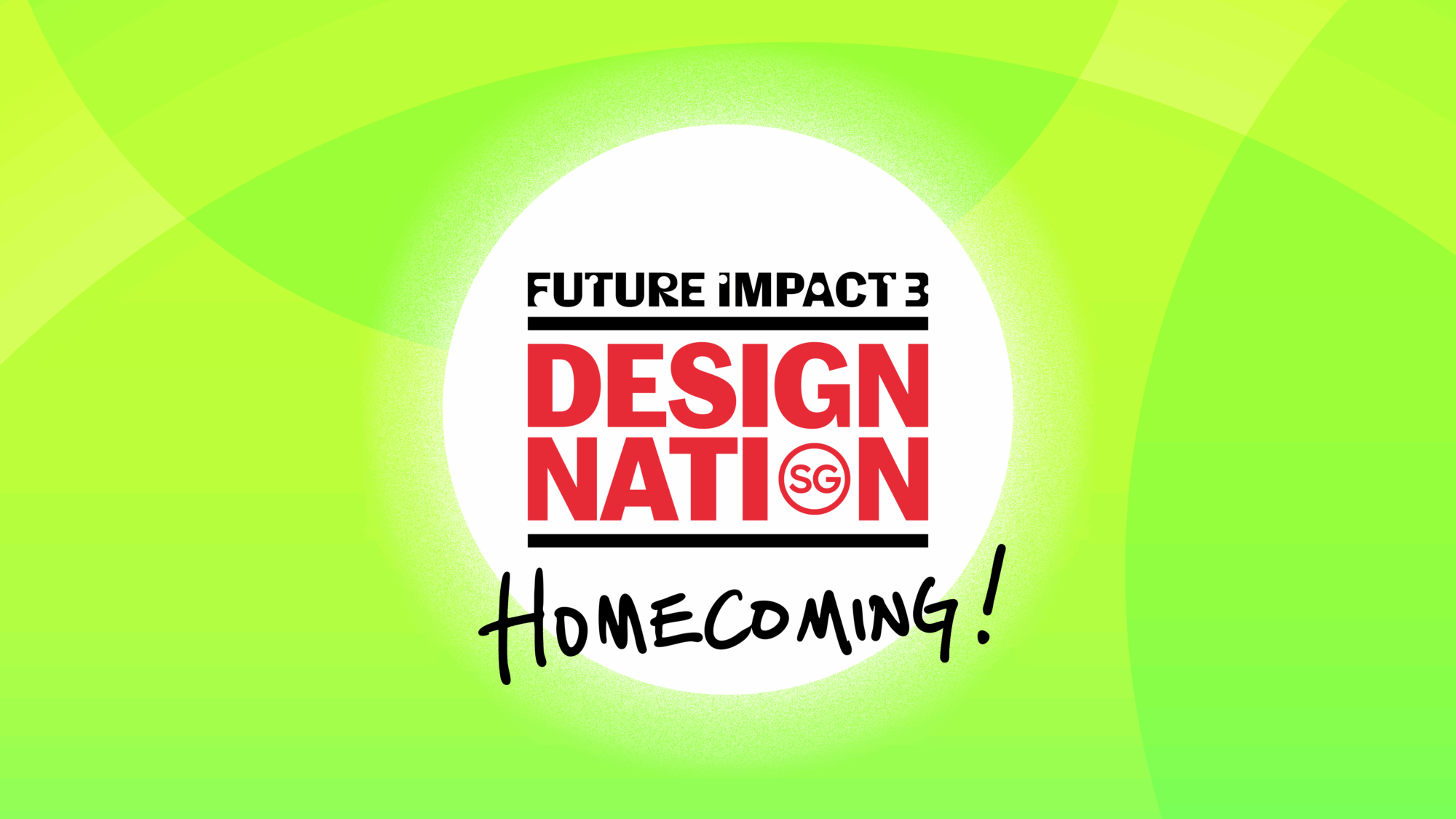It’s a material world: Two heavyweight ideas for the environment
With the support of the Good Design Research initiative, two Singapore design studios – PRODUCE and Offcut Factory – are investigating ways to make construction and manufacturing processes more eco-friendly by reducing material wastage and increasing reuse and recycling rates.

Credit: Image by Tongpradit Charoenphon from Pixabay
The humble egg crate was designed by British designer H G Bennett in 1952 as a lightweight but sturdy container to transport eggs from farms to markets.
Drawing inspiration from the egg crate, Singapore design studio PRODUCE is developing a system from a new building material, made from locally sourced plantation timber. This system could become a viable green alternative that could potentially be up to 10 times lighter than concrete but just as strong.
With the support of the Good Design Research initiative, it has spent the past six months researching this material, dubbed the Sandwiched Variable Eggcrate Structure (SVES).
Changing the future of building and construction
Traditional building and construction practices tend to be wasteful and pollutive. To tackle environmental concerns, green building standards have emerged globally, along with new materials such as mass engineered timber (MET).
Using MET saves time, manpower and materials; it also reduces dust and noise pollution as it can be customised and prefabricated off-site.
According to the Building and Construction Authority (BCA), the use of MET, which are harvested from sustainably-managed forests, leads to lower carbon emissions compared to using steel or concrete.
“As a progressive and pioneering office trying to advance the use of MET in local projects, we are limited by either regulatory requirements or have little control over the costs of overseas METs and their timelines, therefore we felt that it was important to develop an alternative source of MET using raw materials that are more abundant and widely accessible in our region in order to increase the adoption and popularity of such technology.” said Chua Hong Zhi, a computational designer at PRODUCE.
A circular loop for MET
PRODUCE has chosen to use a locally-invented material ONEWOOD as the raw material for SVES. ONEWOOD is a form of MET, reconstituted using wood fibres from regional fast-growing plantation trees.
Their research includes designing SVES components that can be easily dismantled and re-used once the building has reached its end of life. Going further to close the loop, PRODUCE will investigate how the SVES can be shredded into fibres or chips and be reconstituted again to form other materials.
Optimising material use
The SVES is created by first laminating layers of wood fibres that are pressed into an eggcrate-like mold to form a core layer. The core is then sandwiched between solid reconstituted timber slabs to form a cohesive wooden slab.
The key idea is to use as little material as possible to create the SVES while matching the strength of a solid slab of engineered timber.

Before the SVES physical prototype could be built, a 3D model had to be generated.
PRODUCE used “topological optimisation” (a mathematical method) to calculate the most optimal (read: least) amount of material needed to create a slab for a specific load.
They then ran computer simulations on several 3D models with different curvatures to assess their load handling abilities. They concluded that one model was more suitable to be used as a wall panel while another could be used for floor slabs.
The final 3D forms were then reproduced into molds using digital fabrication, where a computer numerically controlled (CNC) machine milled the replicas. These molds were then used to press the timber fibres using a combination of high pressure and heat to form the new wood composite.
The SVES prototypes for wall and slab panels were then subject to various load and strength tests to how they performed under stress.
In for the long haul
Post-prototyping, PRODUCE has returned to the drawing board to improve the performance of the SVES by arranging the wood fibre grains differently and conducting more tests using stress testing equipment from Singapore Institute of Technology. They will be constructing a pavilion fabricated from SVES panels as the final proof of concept for the GDR initiative.
Committed to making SVES a commercial success, PRODUCE’s efforts will not stop there. It has begun the process of filing a patent and will work on convincing the local authorities that SVES is a safe and stable material that can be used for residential buildings.
Rescuing beautiful waste
While PRODUCE aims to design a green building material, Offcut Factory has set its sights on reducing manufacturing waste by breathing a second life into discarded raw materials.
The firm wants to establish a platform that sells offcuts as raw materials, as well as a collection of everyday products that are designed and produced by Offcut Factory and its partners using these discarded materials.

One man’s junk is another’s treasure
In the course of their work, Offcut Factory had discovered that factories often threw away perfectly usable offcuts due to the sheer volume of materials they worked with.
“We learned from one of the marble factories that the owner spent close to five figures to dispose four skips of discarded marble material and offcuts,” said Edmund Zhang, co-founder of Offcut Factory. “You might think that the cost alone would deter him from doing so, but more often than not, it is the only way for factory owners to manage the accumulated offcuts on their premises. They are aware that it is an extremely wasteful practice but see no alternative solution.”
Offcut Factory believes there is much value to be extracted from the factories’ “junk”.
“As young creatives, we often struggle with getting quality materials … within our budget. It was then we realised that there was a huge, untapped source of materials that could be better utilised. We want to be the bridge that brings these materials to them,” explained Esli Ee, the other co-founder of Offcut Factory.
With GDR’s support, which included funding and mentorship, it spent three months first researching the production processes and manufacturing expertise of local factories. They cold called, went door-to-door and worked through connections to contact 30 factories from the woodworking, natural stone and metal fabrication industries.
Many shared their knowledge generously, giving the designers open access and tours of their fabrication facilities.
With a better grasp of the situation, the designers began looking for partners willing to co-develop a fabrication process to repurpose the offcuts.
But most of the factory owners saw no value in their efforts. The project was a divergence from their daily operations, and they were sceptical if the extra manpower and resources committed would ever pay off.

Getting there together
Despite the rejections, Offcut Factory persisted and eventually found two partners – a door manufacturer and a family-run marble factory. They had heard about Offcut Factory’s efforts through the media and shared the same vision of creating a circular economy for the materials passing through their doors.
Instead of being passive suppliers, the partners were roped in as creative collaborators of the upcoming collection.
“It was a constant back-and-forth process of sharing ideas with them. We thought it was important that the designs should not solely come from us but should originate from a more collaborative process which also brings their expertise and considerations to the table,” said Ee
The designers further sought inspiration by learning from their partners how each offcut was produced and the unique characteristics they had. Physical samples were brought back to their studio where they experimented with different processes to shape them into useful new objects.
The prototyping stage took longer than expected as the designers tried to propose new ways of using their partners’ existing fabrication processes while being respectful of their partners’ values and beliefs This demanded an understanding of the technical constraints, which led them to tweak and improve the designs of the prototypes.
As the designers continue to fine-tune the collection with their collaborators, they are keen to collaborate with more partners and also piloting the online sale of offcuts as raw materials to test for market response.
Their “proof of concept” for the GDR initiative will be a website launch in May 2021 to retail these offcuts, showcase the offcut collection in collaboration with their partners, and feature stories of their partners and their materials. The designers hope their project will pave the way for more interdisciplinary collaborations with other designers to create a diverse range of “rescued beauties”.








